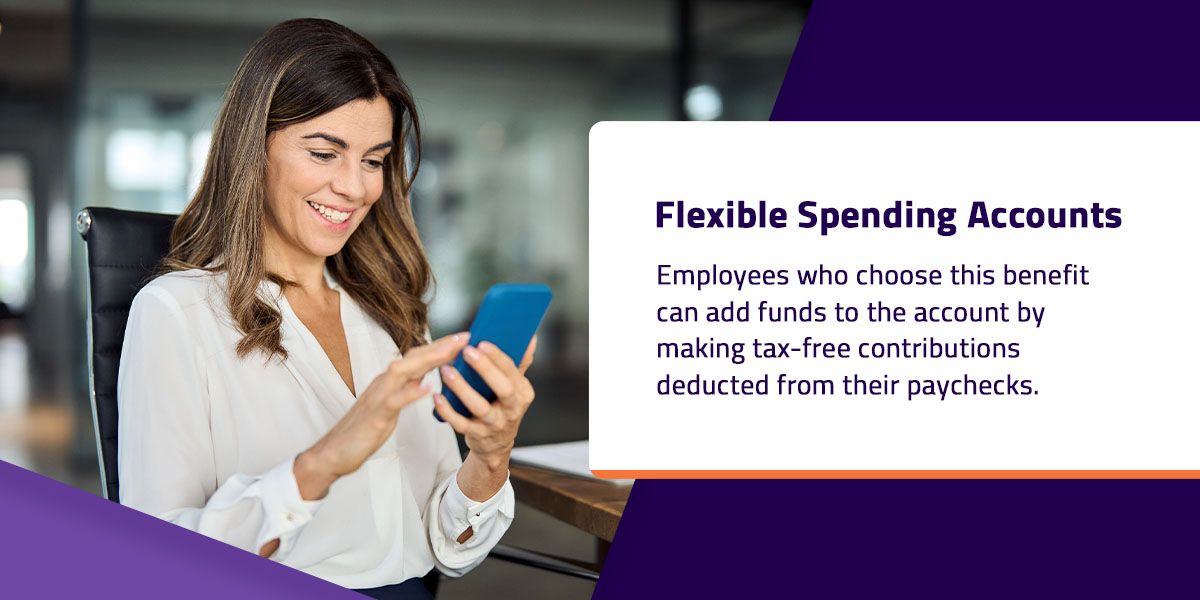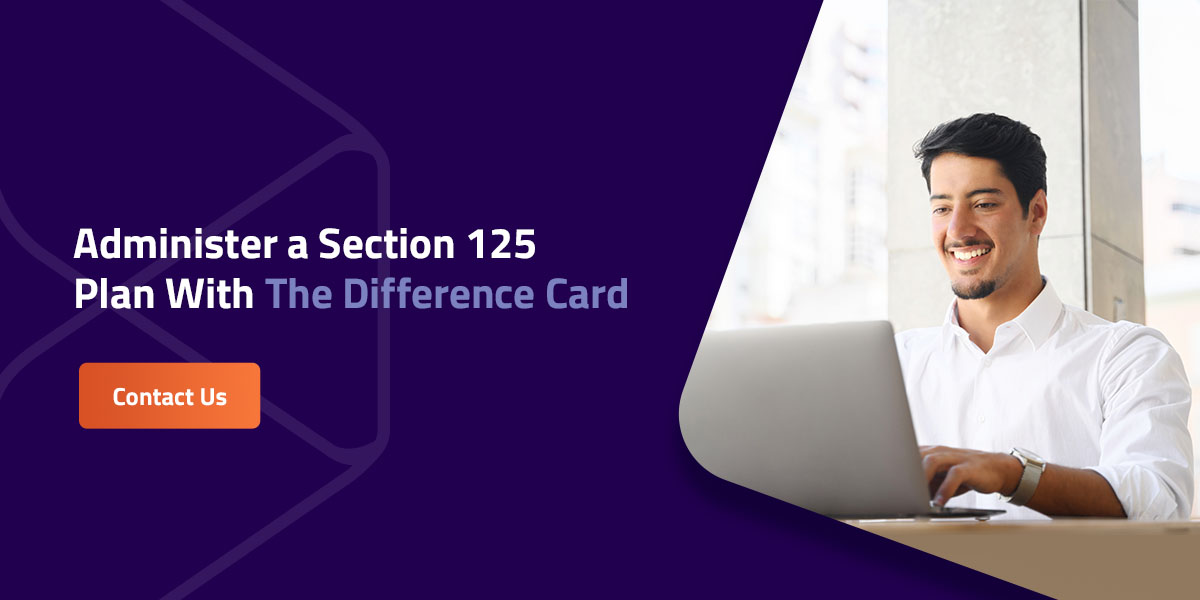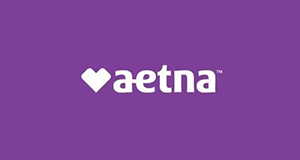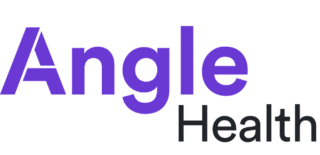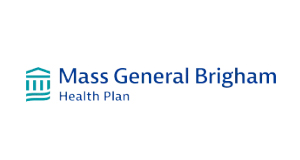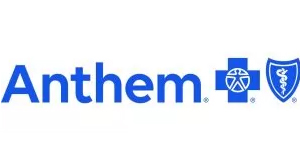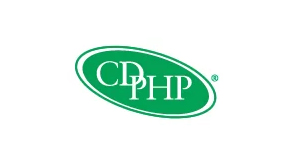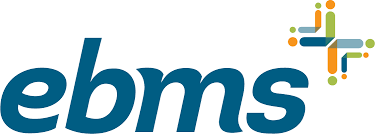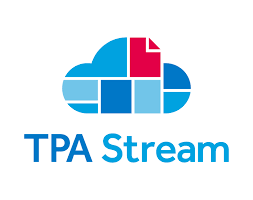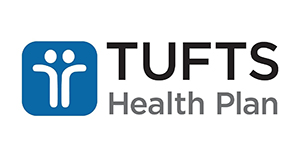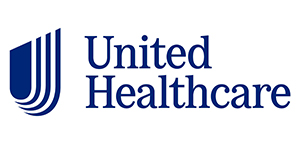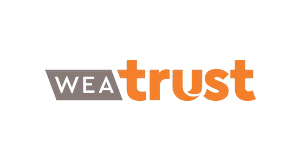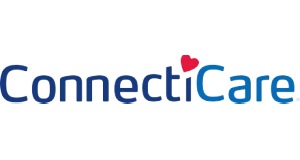
How Section 125 Plans Work
Table of Contents
Section 125 plans let employers offer employees non-taxable benefits that contribute toward healthcare expenses. These plans provide significant tax savings, so they're beneficial to both employers and employees. They also help reduce the burden of rising healthcare costs, allowing businesses to take care of their teams' financial, mental and physical health. Doing so can result in healthier, happier people who are more satisfied at work.
This guide covers everything you need to know about section 125 plans, how they work and how to sign up for one. It also offers information for employees who have recently enrolled in a cafeteria plan.
What Is a Section 125 plan?
The Internal Revenue Code (IRS) includes tax code section 125, which specifies that employees can convert a portion of their cash salary into non-taxable healthcare benefits. To give employees this benefit, employers must sign up for a section 125 plan and give employees the option to enroll in the plan. These plans are also called cafeteria plans because you can choose to use the funds for various benefits, much like how you might pick from options at a cafeteria.
Eligible Expenses Under Section 125 Plans
When employers sign up for a section 125 plan, they can allow employees to deduct a portion of their pre-tax salary and use this amount for qualifying benefits. Some of the section 125 or cafeteria plan eligible expenses include:
- Health, dental and vision insurance premiums
- Health savings accounts (HSAs)
- Accident and disability insurance
- Employer-provided life insurance
- Qualifying healthcare expenses
- Dependent care assistance
- Adoption assistance
How Section 125 Plans Provide Tax Savings
The main benefit of a section 125 plan for both the employee and employer is tax savings. As an employee, you can save money when you add funds to the plan. These savings come from the federal, state and local taxes you would have had to pay on that money if it were still part of your salary. Employers also save money through reduced payroll taxes, including for Social Security, Medicare and unemployment benefits.
Types of Section 125 Plans
Employers can choose from multiple section 125 Plans to offer their employees:
Premium Only Plans
Premium-only plans (POPs) are a popular type of section 125 plan. They allow employees to pay their share of health insurance premiums with pre-tax money. This plan only covers premiums from employer-sponsored insurance plans, including those for medical, dental, vision, disability and life insurance. It's the most basic plan, and you can't use the funds for other expenses. If you're an employee, you can choose to receive cash instead of signing up for a POP plan, but you'll have to pay income tax on it.
Full-Flex Plans
Full-flex plans offer the most flexibility to employees. With this plan, employers make a fixed, non-elective contribution, and employees can use these funds for a benefit of their choosing. Employees can also contribute to the plan with pre-tax money deducted from their paychecks. This way, they can enjoy more benefits than what the employer's contributions allow.
Simple Plans
Simple plans are a section 125 plan only available to businesses with less than 100 employees. They're like a full-flex plan but with the added benefit of bypassing annual non-discrimination testing. This helps smaller businesses save on administrative costs associated with non-discrimination testing. However, your company must first meet all IRS simple plan requirements. These include having 100 employees or fewer, allowing all employees with 1,000 hours of service to participate, and making specific contributions toward the plan for each employee.
Flexible Spending Accounts
Flexible spending accounts (FSAs) are a type of tax-advantaged savings account. Employees who choose this benefit can add funds to the account by making tax-free contributions deducted from their paychecks. They can then use the money in the FSA to pay for eligible medical, dental and vision expenses. These can include doctor visits, prescription medications, mental health services and eye exams.
Dependent Care Assistance Plans
The Dependent Care Assistance Plan (DCAP) is a helpful benefit for employees with dependents. This plan allows employees to set aside pre-tax money to pay for medical expenses for children aged 12 or younger and eligible adult dependents. Adult dependents must be physically or mentally unable to care for themselves and meet the IRS dependent requirements.
The Section 125 “Use It or Lose It” Rule
The only con to consider with most section 125 plans is that they follow the “use it or lose it” rule. This rule means that you must use all funds in your plan account by the end of the year, or you forfeit them to your employer. However, plans often have a grace period, so you have some time to use the remaining funds before they expire. Employers can also implement a carryover provision to allow employees to use leftover funds the following year.
How to Set up a Cafeteria Plan
All businesses that pay U.S. income taxes are eligible for a section 125 plan. These plans can cover former and existing employees, their spouses and dependents. The only people unable to sign up are those who are self-employed, partners in a partnership and shareholders who own more than 2% of an S corporation.
To set up a plan for your business, you'll need to partner with a third-party administrator (TPA). The first part of the process involves filling in the necessary documents, including a main plan document and a summary plan. You'll need to distribute the summary plan to all employees to notify them and allow them to enroll. The TPA will help you administer the plan, process reimbursements and keep your business compliant. Most businesses that offer cafeteria plans must also undergo non-discrimination testing to ensure the plan doesn't favor highly compensated or key employees.
Administer a Section 125 Plan With The Difference Card
At The Difference Card, we're passionate about helping you save money on health insurance. We're experts in health benefit account administration and offer our clients guaranteed savings. Since our founding in 2001, we've helped businesses save $1 billion, with an average savings of 18% per employer group. With us, you can provide employees with more benefits without increasing business costs.
Part of our administration services includes helping you set up and administer section 125 plans. We'll help you complete the necessary documents, undergo discrimination testing and ensure everything is compliant. We'll simplify the process and help you avoid penalties and fees. Our team has experience with all types of cafeteria plans and can help you choose the right one for your people.
Learn more about our compliance services and request a proposal to get started. We value strong partnerships and provide personal support every step of the way to help you and your business succeed.


